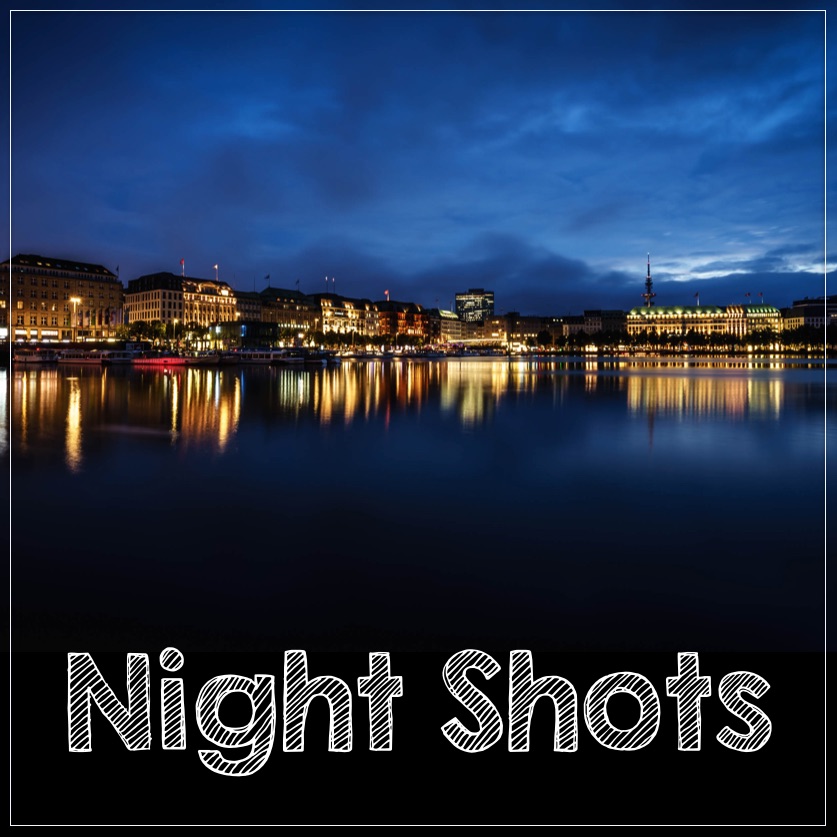

ISO
The ISO number for digital photography, represent the sensitivity of the sensor to available light.
- low ISO indicate low sensitivity: this means that you need a lot of light.
- high ISO indicate that the sensitivity is high and that very little light will be enough.
ISO and Noise
Lets take an example of ISO 2000 and ISO 100 of the same location at night
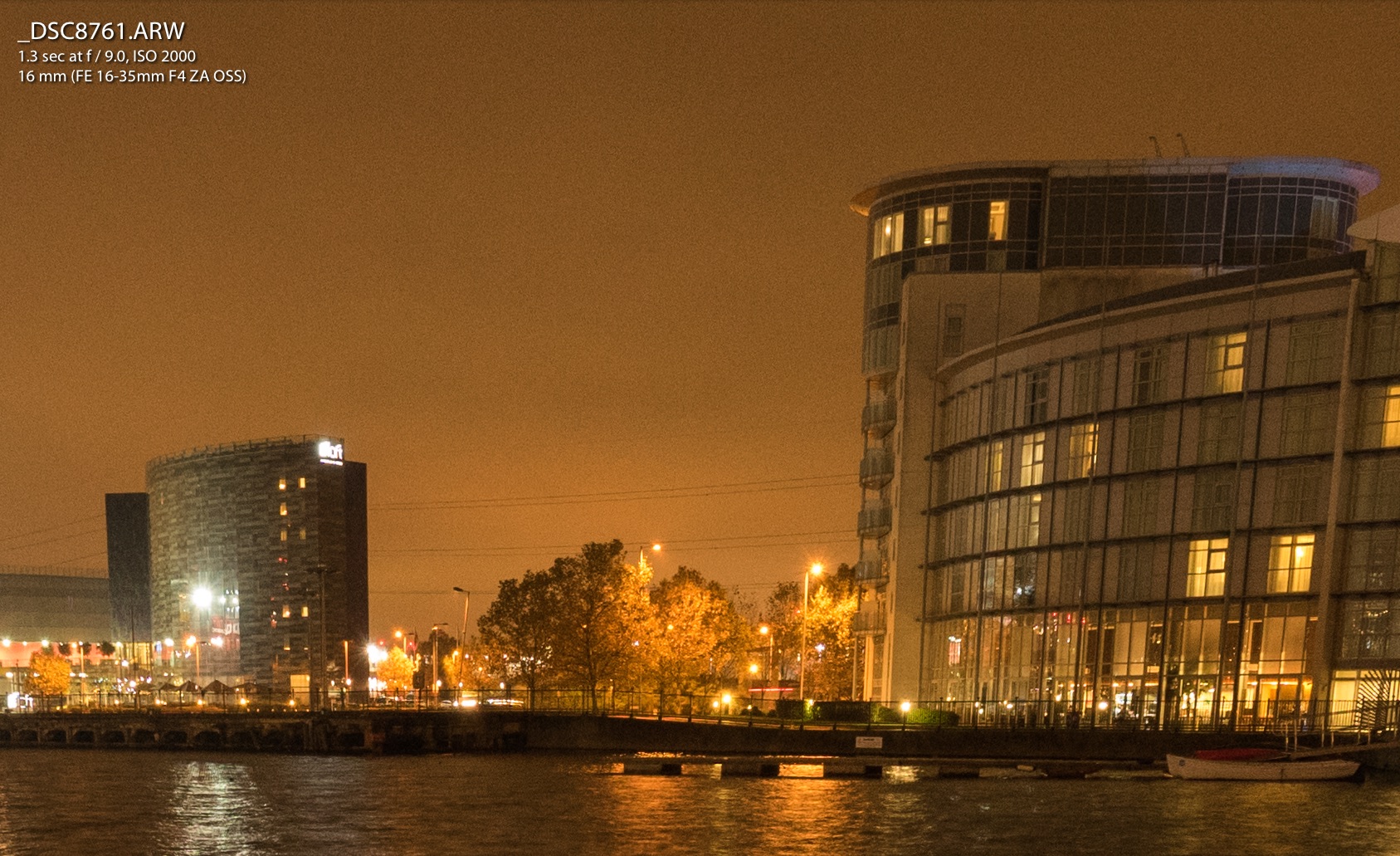
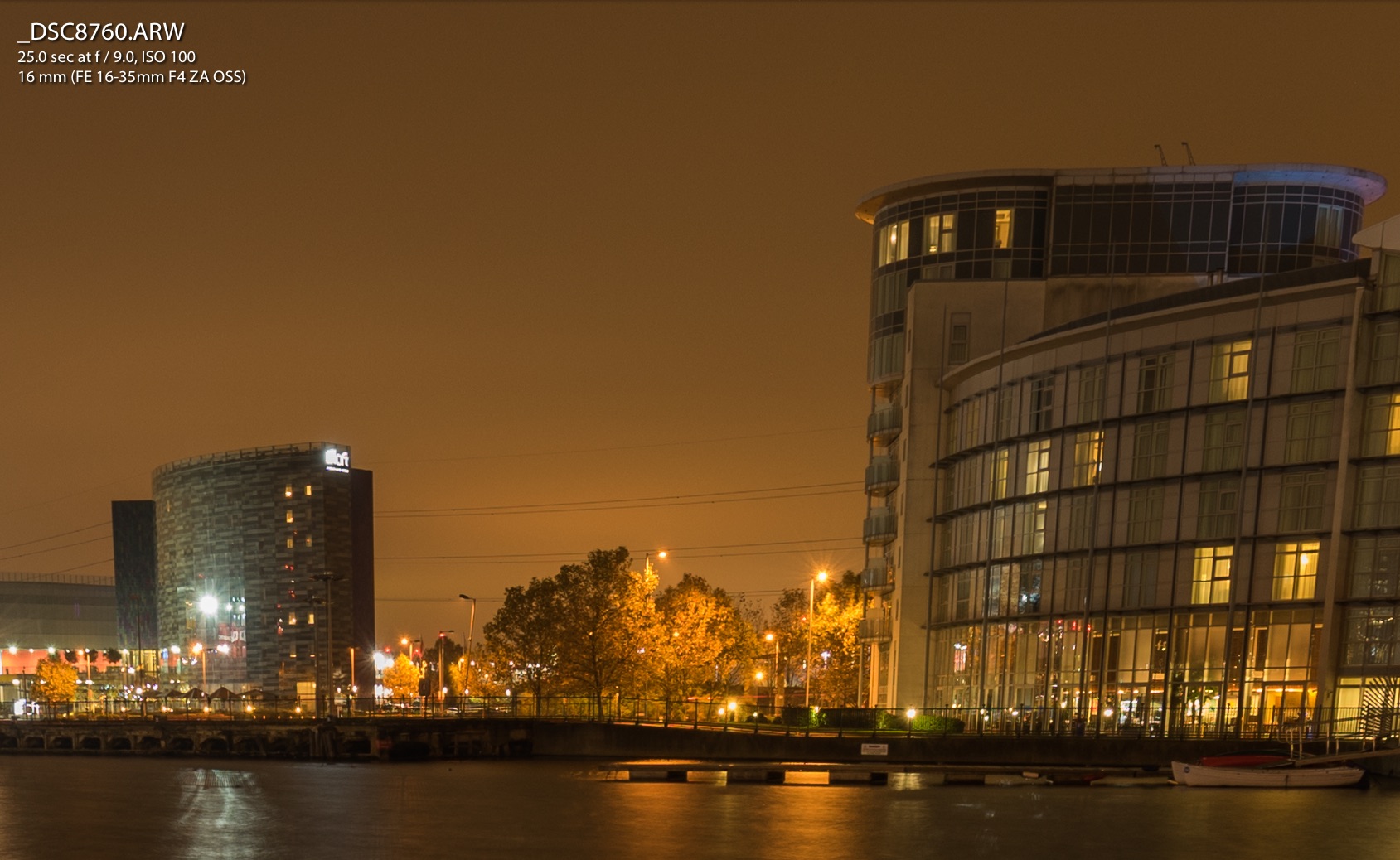
Typically, ISO numbers start from 100-200 (Base ISO) and increment in value in geometric progression (power of two). So, the ISO sequence is: 100, 200, 400, 800, 1600, 3200, 6400 and etc. The important thing to understand, is that each step between the numbers effectively doubles the sensitivity of the sensor.
the following shot was take at ISO 6400 and low shutter speed in order to capture the runner. Note that additional noise reduction treatment has been applied but you can still notice the high amount of noise on the shot.
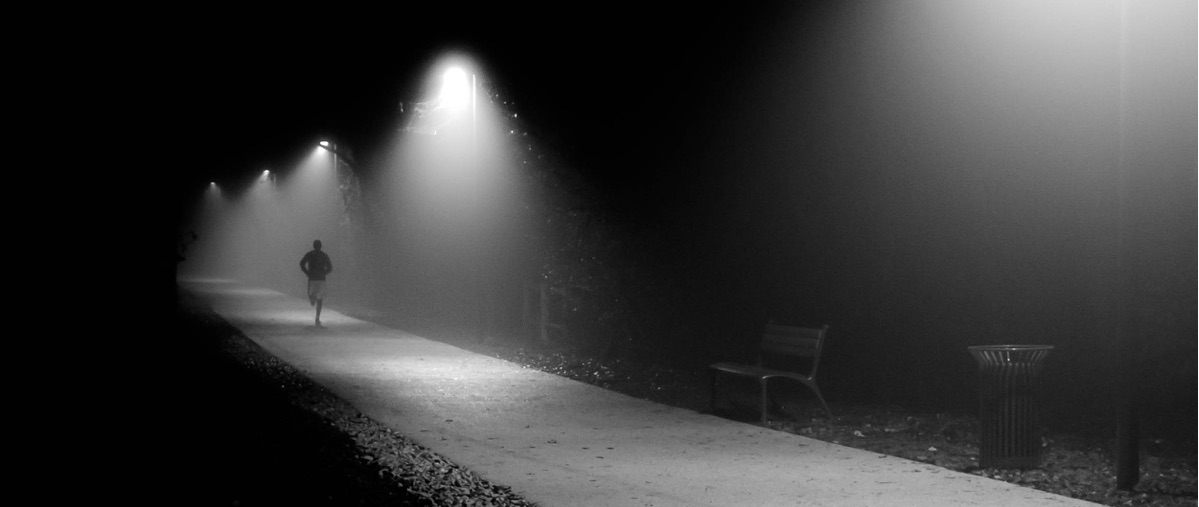
ISO and Shutter Speed
At same aperture, the ISO will have a direct impact on your shutter speed.
So if we look closer at the example we can see that in order to capture the same amount of light at ISO 100 we need a shutter speed of 25 sec. At ISO 2000 we only need 1.3 sec.
You see know that the movement of the shot will be very different.
look at the water.
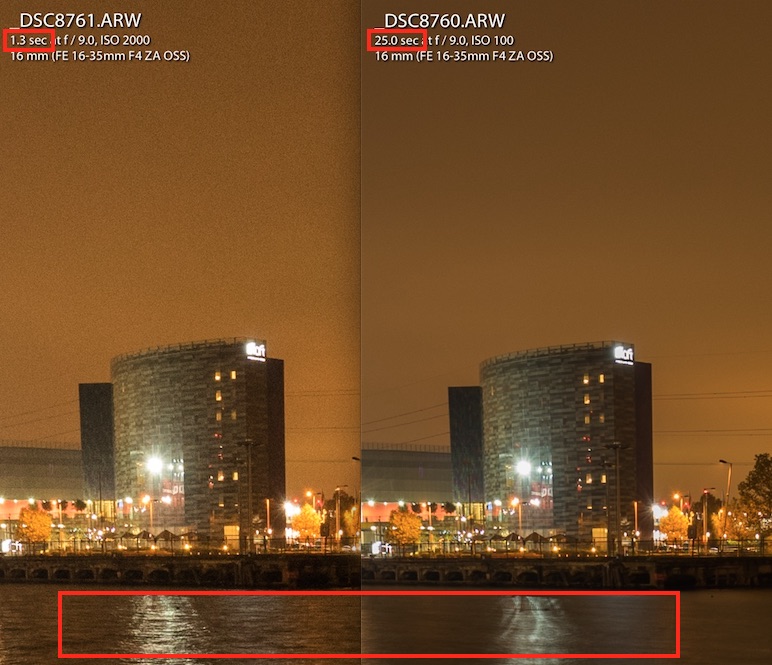
Shutter speed and Aperture
Now there is another way to redice the shutter speed ans keeoing low ISO numbers. This will allow you to still capture the movement at night.
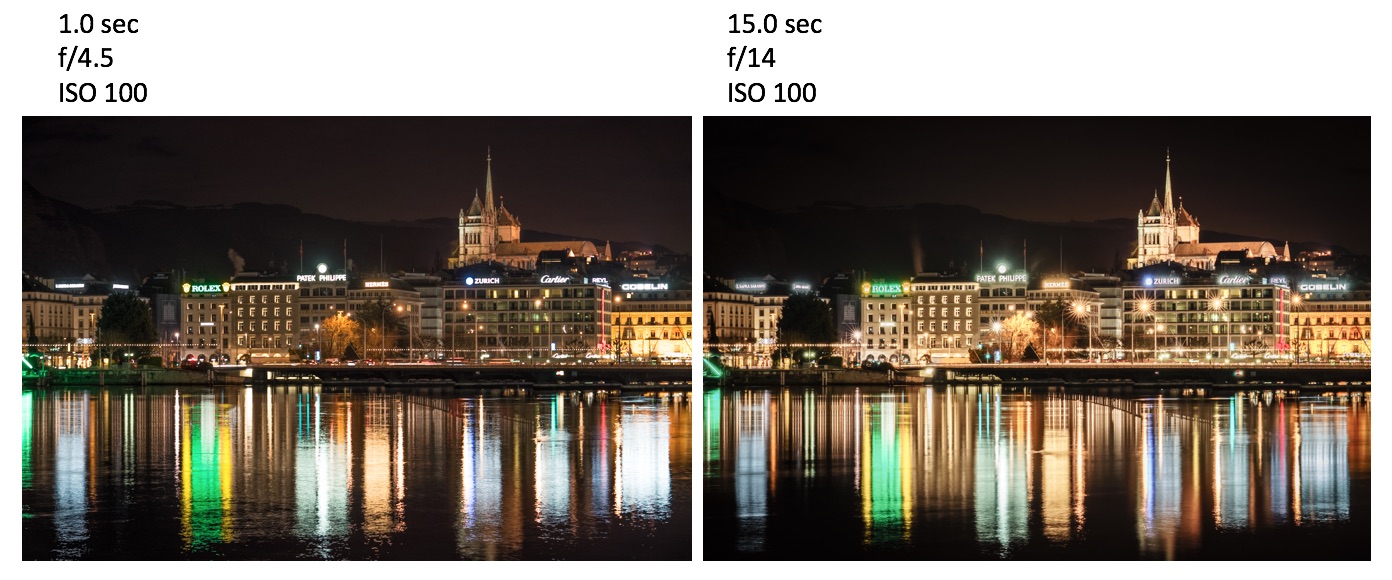
Here again, if we look closely, we will notice that in addition to the shutter speed difference. 1sec versus 15 seconds. This will make the water stiller.
But the high Aperture Number will enhance the star effect. You can see the difference on the light balls on the two pictures.
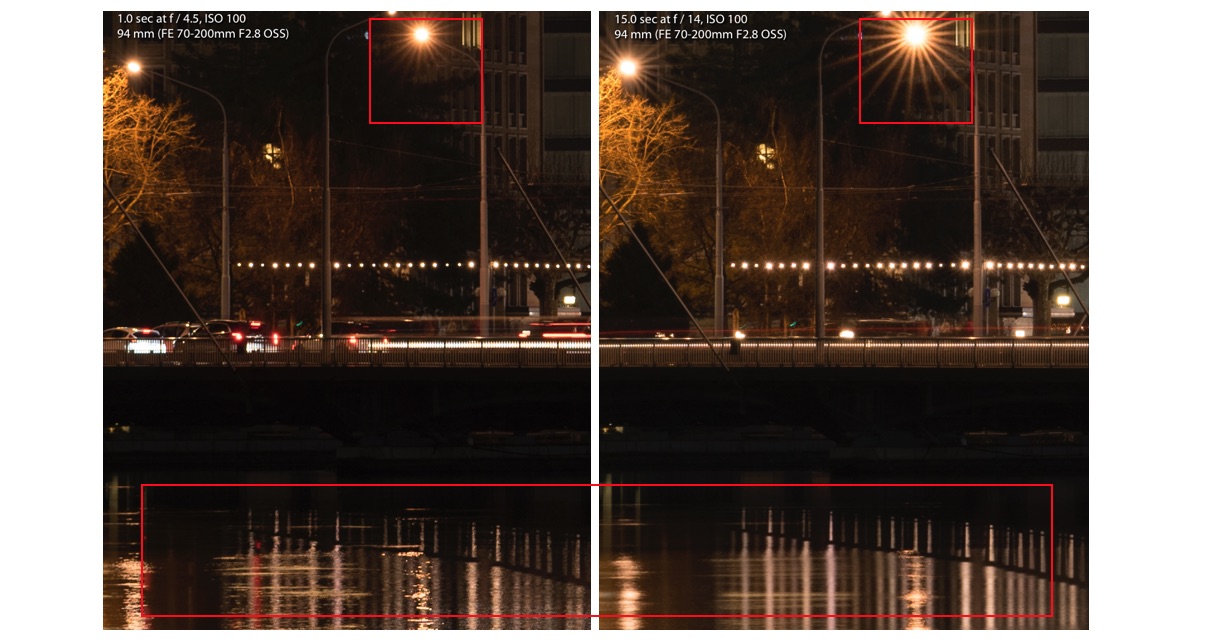
When to use low and high ISO
LOW ISO : 100
For static objects, landscapes and when we want to extend the exposure time in order to smoothen the water for example

HIGH ISO
Used to capture MOVEMENT by reducing the shutter speed.
IN some cases star photography as well.

